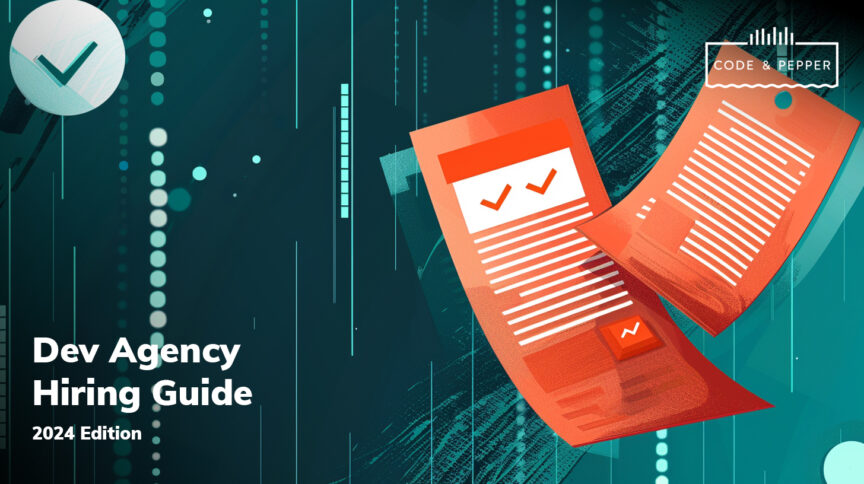A Software Development Agency Hire Guide – 2024 Edition

You know the drill – every single year software development companies like ours publish articles about how to choose the right vendor. But those companies are not like ours. You see, when we hire developers, we only pick the best on the market. We will prove it below. When we use tools, we stay ahead with AI-enabled automation and enhancement software. Try to beat this “2 in 1 formula”. This is the recipe for 2024 and beyond.
Read more